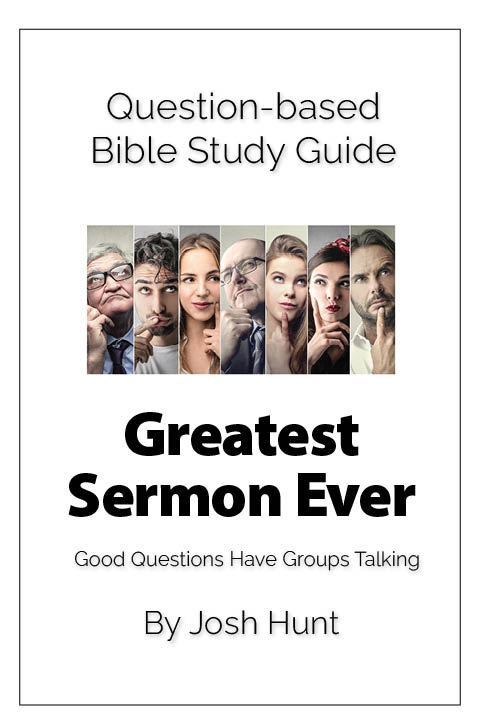Matthew 14 - 28As the motorcade slowly winds through the city, thousands pack the sidewalks hoping to catch a glimpse. Marching bands with great fanfare announce the arrival, and protective agents scan the crowd and run alongside the limousine. Pomp, ceremony, protocol—modern symbols of position and evidences of importance—herald the arrival of a head of state. Whether they are leaders by birth or election, we honor and respect them. The Jews waited for a leader who had been promised centuries before by prophets. They believed that this leader—the Messiah (“anointed one”)—would rescue them from their Roman oppressors and establish a new kingdom. As their king, he would rule the world with justice. Many Jews, however, overlooked prophecies that also spoke of this king as a suffering servant who would be rejected and killed. It is no wonder, then, that few recognized Jesus as the Messiah. How could this humble carpenter’s son from Nazareth be their king? But Jesus was and is the King of all the earth! Matthew (Levi) was one of Jesus’ 12 disciples. Once he was a despised tax collector, but his life was changed by this man from Galilee. Matthew wrote this Gospel to his fellow Jews to prove that Jesus is the Messiah and to explain God’s Kingdom. Matthew begins his account by giving Jesus’ genealogy. He then tells of Jesus’ birth and early years, including the family’s escape to Egypt from the murderous Herod and their return to Nazareth. Following Jesus’ baptism by John (3:16, 17) and his defeat of Satan in the wilderness, Jesus began his public ministry by calling his first disciples and giving the Sermon on the Mount (chapters 5–7). Matthew shows Christ’s authority by reporting his miracles of healing the sick and the demon-possessed, and even raising the dead. Despite opposition from the Pharisees and others in the religious establishment (chapters 12–15), Jesus continued to teach concerning the Kingdom of Heaven (chapters 16–20). During this time, Jesus spoke with his disciples about his imminent death and resurrection (16:21) and revealed his true identity to Peter, James, and John (17:1–5). Near the end of his ministry, Jesus entered Jerusalem in a triumphant procession (21:1–11). But soon opposition mounted, and Jesus knew that his death was near. So he taught his disciples about the future—what they could expect before his return (chapter 24) and how to live until then (chapter 25). In Matthew’s finale (chapters 26–28), he focuses on Jesus’ final days on earth—the Last Supper, his prayer in Gethsemane, the betrayal by Judas, the flight of the disciples, Peter’s denial, the trials before Caiaphas and Pilate, Jesus’ final words on the cross, and his burial in a borrowed tomb. But the story does not end there, for the Messiah rose from the dead—conquering death and then telling his followers to continue his work by making disciples in all nations. As you read this Gospel, listen to Matthew’s clear message: Jesus is the Christ, the King of kings and Lord of lords. Celebrate his victory over evil and death, and make Jesus the Lord of your life. Life Application Bible Notes (Tyndale, 2007), 1530. | If you are wanting to do a particular passage or book study and can't find it, feel free to email me at josh@joshhunt.com21 Laws of Discipleship -- the book -- |


















